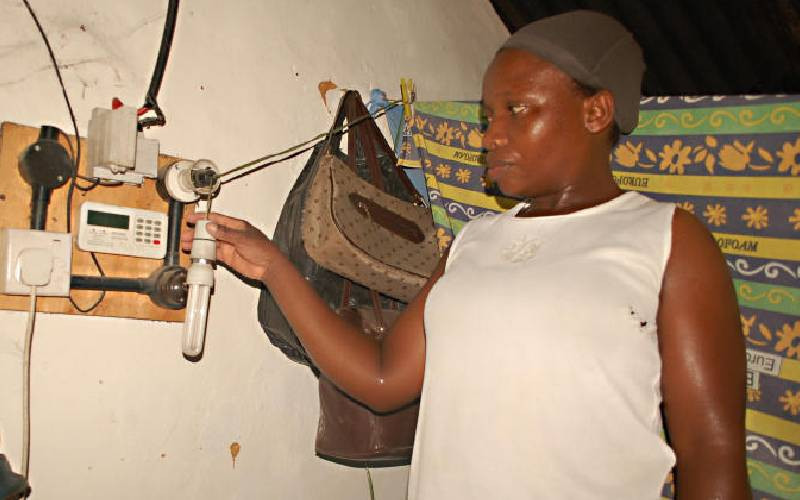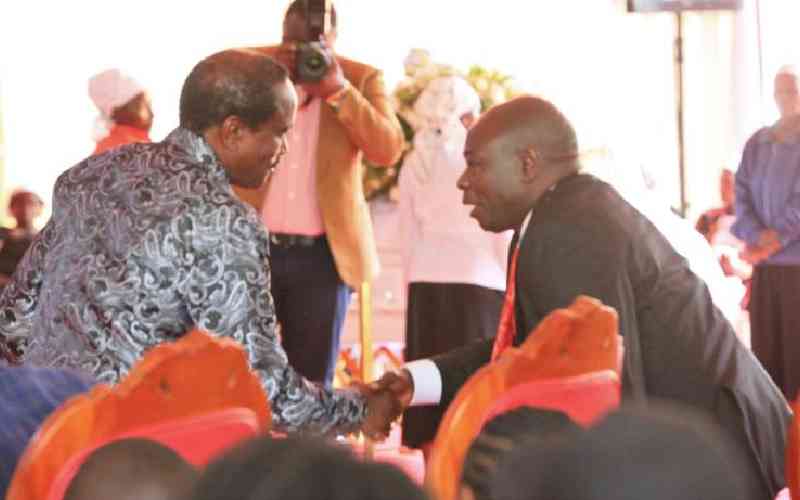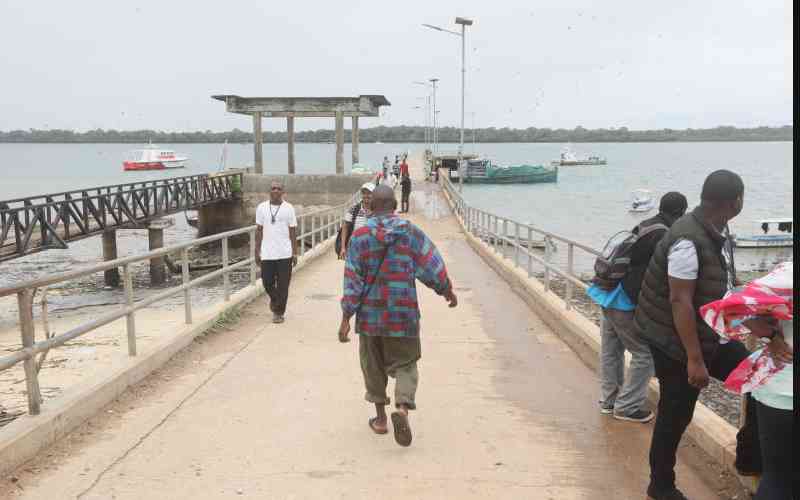
The 2017 Kenyan Premier League (KPL) season kicked off with the usual problems involving playing surfaces.
Some of the pitches are in very poor state, which is why some matches had to be moved from Nairobi to Nakuru and Thika. The best sporting facility in the country, the Safaricom Stadium in Nairobi, has not been spared. Never mind that Kenya is preparing to host the 2018 CHAN tournament.
It is no wonder the SportPesa All Stars select side that played a friendly match against Hull City in the UK struggled to cope in the well-manicured KCOM Stadium!
Pitch grass expert Moses Kivungi argues that the playing turf has a lot of impact on how players perform, as an enjoyable game requires taking good care of the grass, which enhances performance and also reduces risk of injuries. Kivungi should know. He has manicured top pitches around Africa, including the Amahoro Stadium in Rwanda.
He argues that, “The way we take care of our grass and the grass type, have a lot of impact on the flow of a game. Sometimes we do not enjoy a game simply because the grass is not of the right quality, or has not been trimmed to the right standards.”
Kivungi is credited for reclaiming the Utalii football pitch, which Kariobangi Sharks now uses for training, besides working on the International School of Kenya pitch and improving the Hope Centre pitch in Kawangware.
“Poor maintenance makes players use a lot of energy and causes stress when playing on our pitches compared to the ones in England.
That is probably why our players struggled there,” he further explains, adding that, “The level of trimming affects the movement of the ball and the bounce, such that when the grass is too long, players need a lot of energy to stay in the game and that comes with a strain on their muscles.”
Kivungi singles out Kikuyu Grass as the best species for football pitches “because it is a very robust species because its rhizomes are always under the soil surface, with only the sheath and grass above the surface, which makes it soft enough for players.”
Kikuyu Grass has other benefits as “its rate of recovery after a match is also great, given its photosynthetic attributes and this makes it good for football because of the friction during matches. It however needs good care and close attention.”
Apart from trimming the height, the level of watering also affects the speed of the game. He recommends a maximum of 25mm mowing height and regular watering.
While Kenyan teams expose players to training on artificial turf and playing matches on natural grass, Kivungi advises that the norm predisposes players more to ACL (anterior cruciate ligament) injuries because of the varying pressures and energy levels required to perform on either surface.
“Research has shown that when you train on artificial turf then play on natural grass, the risk of ACL injuries is high because the muscles are overworked when you use a completely new surface,” he opines.
Wycliffe Omom, the Harambee Stars and Mathare United physiotherapist concurs, arguing that the poorly maintained pitches in Kenya account for most injuries, especially during training as the friction between the turf and players’ footwear impacts on the lower body, which puts stress on the hamstring muscles and ankle joints.
Stay informed. Subscribe to our newsletter
“The most common injuries in Kenya - knee, ankle and hamstring injuries - occur on the training pitch and not during matches,” as players get exposed to uneven pitches with holes, he says.
Omom notes that footwear could be a solution to injuries, considering that “aluminium-spiked shoes are not ideal for artificial turf.
The plastic and circular spikes are also not good for artificial turf because these two reduce the surface area of interaction with the pitch, thus applying pressure on the ankle and other muscles upwards.”
Omom adds that, “The ideal footwear for artificial is the rectangular–like, flat-spiked shoes which reduces the traction.”
He advises that, “Apart from the quality of the pitch, the inner sole in the player’s boots also helps a lot with the avoidance of injuries because it aids in absorbing the pressure that would otherwise go to the ankle.”
 The Standard Group Plc is a
multi-media organization with investments in media platforms spanning newspaper
print operations, television, radio broadcasting, digital and online services. The
Standard Group is recognized as a leading multi-media house in Kenya with a key
influence in matters of national and international interest.
The Standard Group Plc is a
multi-media organization with investments in media platforms spanning newspaper
print operations, television, radio broadcasting, digital and online services. The
Standard Group is recognized as a leading multi-media house in Kenya with a key
influence in matters of national and international interest.
 The Standard Group Plc is a
multi-media organization with investments in media platforms spanning newspaper
print operations, television, radio broadcasting, digital and online services. The
Standard Group is recognized as a leading multi-media house in Kenya with a key
influence in matters of national and international interest.
The Standard Group Plc is a
multi-media organization with investments in media platforms spanning newspaper
print operations, television, radio broadcasting, digital and online services. The
Standard Group is recognized as a leading multi-media house in Kenya with a key
influence in matters of national and international interest.










